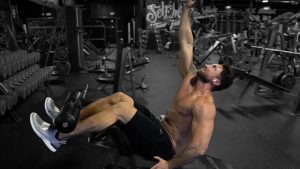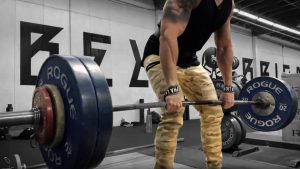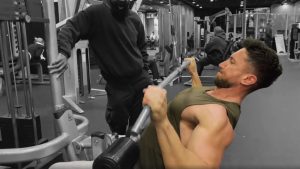The barbell bench press is a foundational mass builder. In terms of packing on upper body mass and developing strength through the torso, the bench press is unequaled. However, the barbell bench press is also one of the most overdone, injury sustaining and abused exercises in the gym. That’s why we are going to demystify the barbell bench press with an in-depth analysis of how to do this iconic exercise the right way.
How to Perform the Barbell Bench Press
- 1Load up an Olympic barbell, making sure to put the collars on the bar
- 2Lie on the bench under the bar with your feet on the floor
- 3Grip the bar slightly wider than shoulder-width apart
- 4Un-rack the bar and hold it at arm's length over your chest
- 5Lower the bar to your sternum to just touch your chest
- 6Do not lock out the elbows and keep your hips down throughout the movement
- 7Explode back up to return to the start position
Barbell Bench Press Benefits
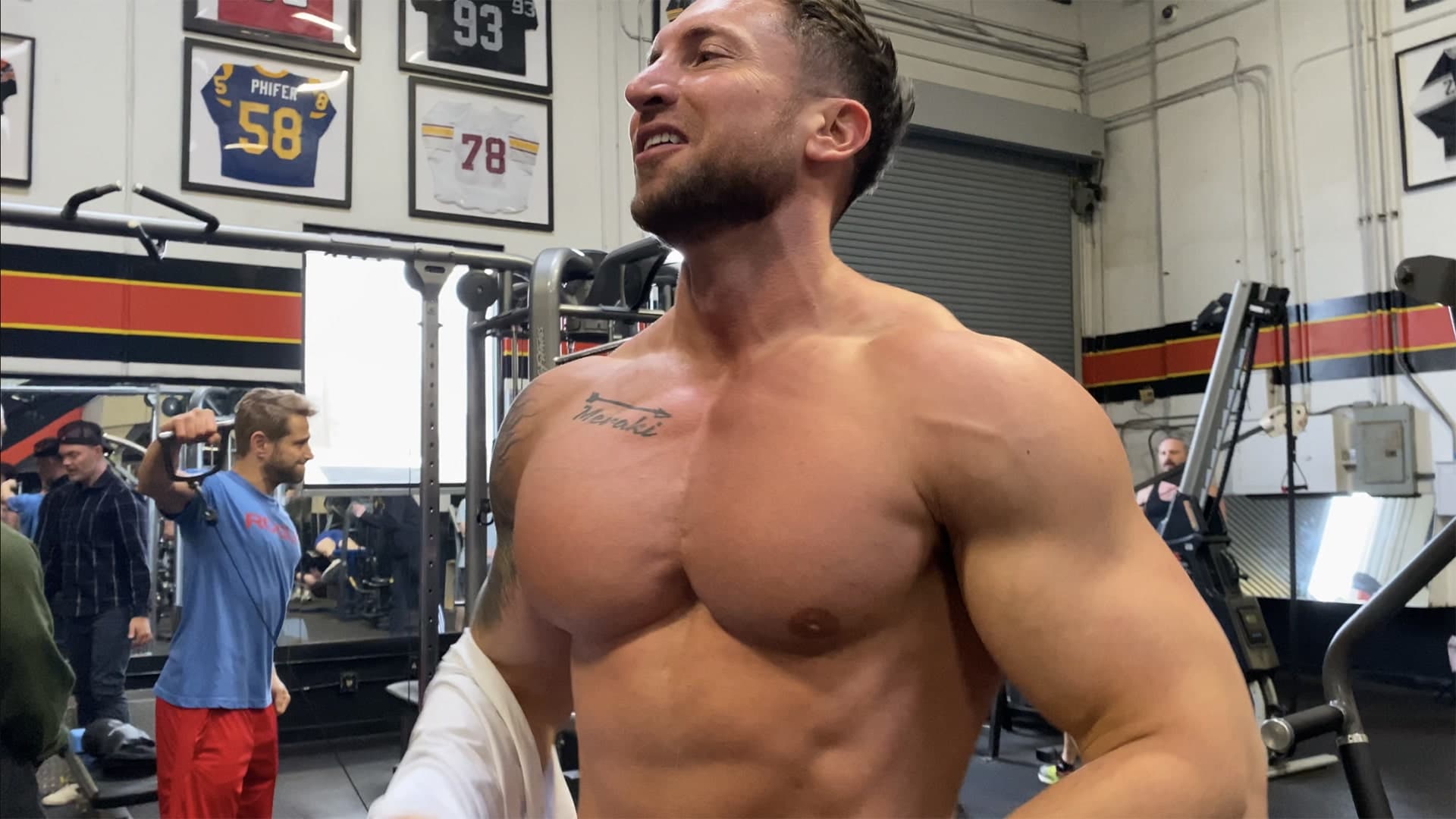
The barbell bench press primarily works the pectoralis major muscle which comprises your chest. Secondary muscles worked are the front deltoids and the triceps. The barbell bench press is unequaled when it comes to developing upper body strength. In fact, a newcomer to the barbell bench press should be able to improve his strength level by 40% in six months of bench pressing. The barbell bench press has been shown to improve bone strength.
According to a 2014 study, the barbell bench press significantly increases the bone density of the lumbar spine and the neck femur. The bench press has also been shown to boost the body's natural production of testosterone in the hours following your workout. That puts your body into an anabolic state for muscle building post workout.
5 Ways to Improve Your Barbell Bench Press
1. Prepare to Succeed
Barbell bench press success starts with thinking of safety first. The bench press is a potentially life-threatening move, especially if you’re training at home alone. So, be sure to place secure collars on the end of the bar, no matter how light the weight is that you’re lifting. If bench pressing at the gym, you will more than likely be doing so on an Olympic bench. However, at home, you should bench press in a power rack where you can set safety catch bars as a protection measure.
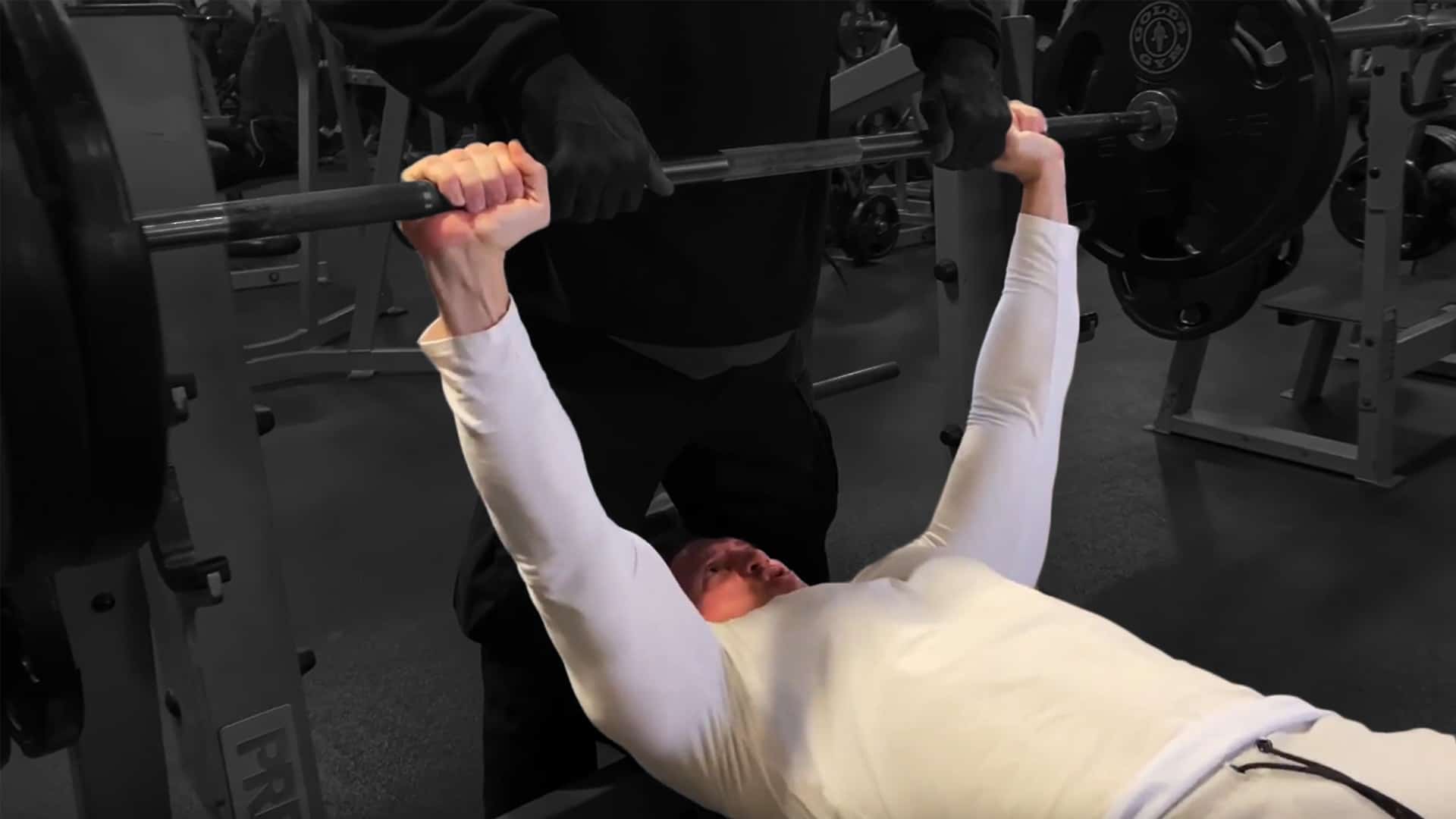
If you do not have a power rack and are doing the barbell bench press on your own, you may actually choose to do away with collars. The reason is that if you fail on a rep and the bar comes crashing back to your chest, your only option is going to be to dump the weight by angling it up so that the plates fall off one end. If the collars are on, you won’t be able to do that. Ensure that the bar is centrally located on the rack and that the bench sits directly under the middle knurling of the bar.
2. Positioning Under the Bar
When you lie on the bench you want your eyes to be directly under the bar. Make sure that the bench is positioned so as to provide sufficient head support room beyond the bar. Rather than your elbows being out in a line with your shoulder, you want to position them at about a 45-degree angle to the body. Get them in that position and then lift your arms directly up to full extension. Now bring them back to touch the racked bar. This will give you the ideal hand distance.
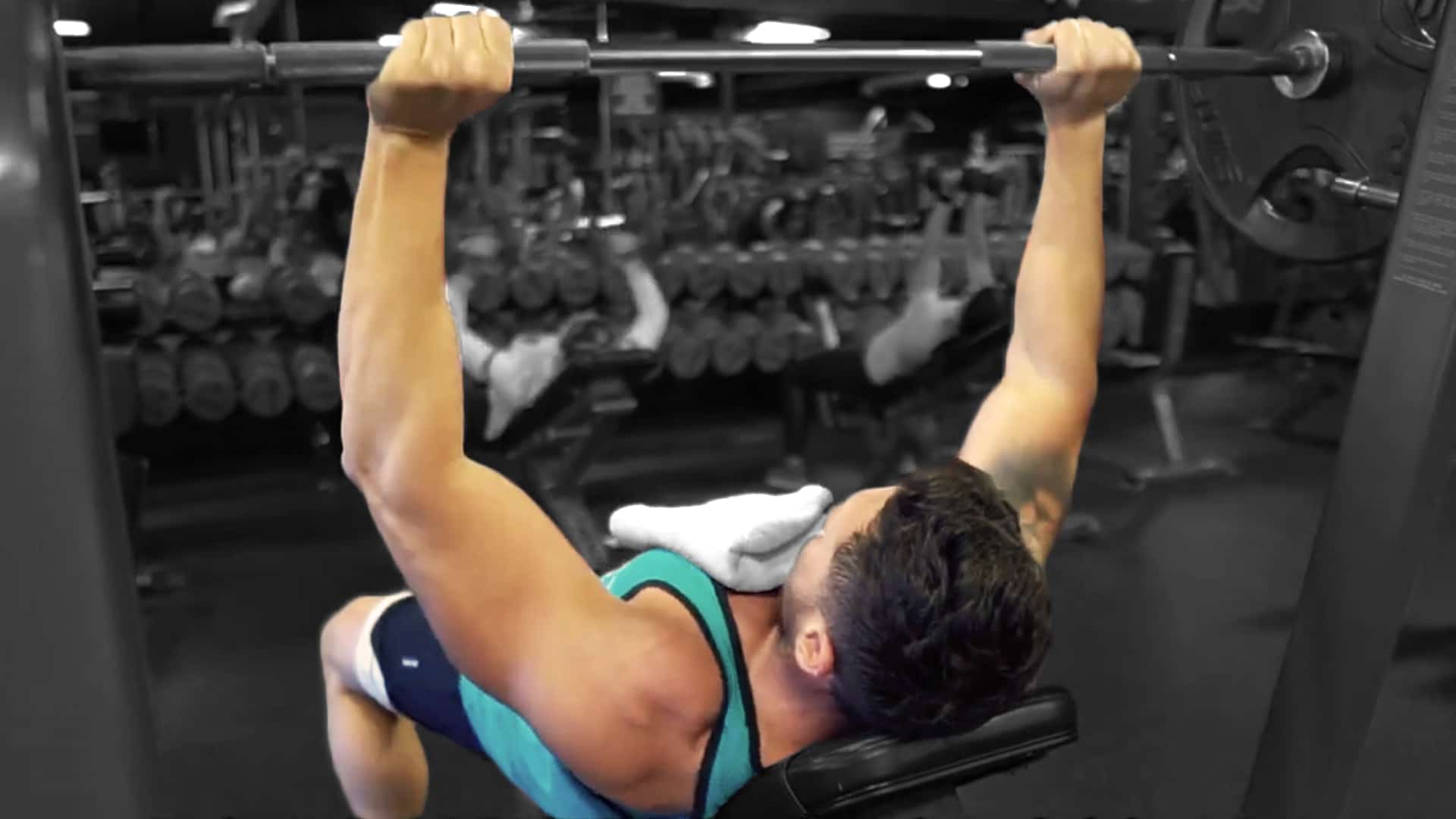
From here, grip the bar from underneath with a thumb wrap-around grip. The bar should be sitting low in your hands. Squeeze the bar tightly throughout the entire movement. If you are training primarily for bodybuilding effects, you should think about bringing your hands together. Of course, they will never actually move, but the combination of squeezing the bar and pushing the hands inward will fully recruit your pectoral muscle fibers.
3. Lifting the Bar
You want the bar to come down over your chest. At the moment (before you unrack it), it is sitting directly above your eyes. That means that the bar is going to have to travel in a path that is down and slightly forward. Make sure that your feet are planted firmly on the floor and under your knees. This will allow you to push into the ground and provide the counterforce to power the bar up from the bottom position.
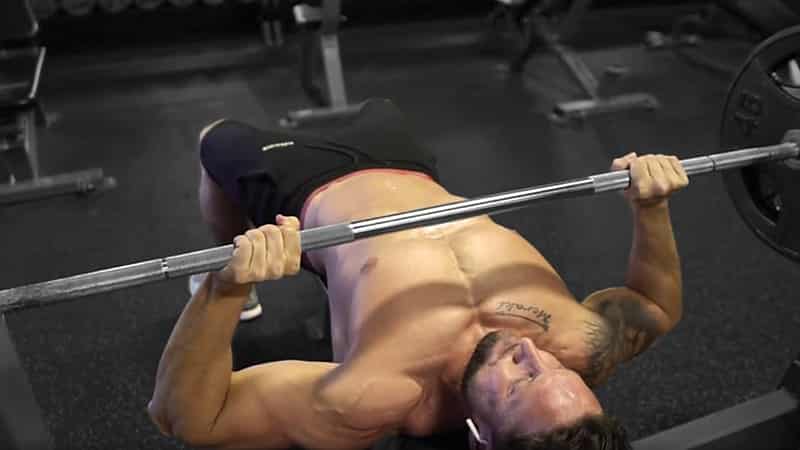
To get your chest in the ideal position for benching, pull your shoulder blades down and back. Imagine that the shoulder blades are opening up the chest as you do this (think of Superman revealing the ‘S’ on his chest). Now tighten your core.
You should now have five points of contact, three on the bench and two on the floor as follows – head, shoulders, buttocks, and both feet.
You are now ready to unrack the bar and lift it straight up. Hold this position for a second or two in this lockout position. You don’t need to rest on the lockout between each rep, however. Take a deep breath to brace your abdominal wall and then bring the bar down under control in an arc to the line of your nipples until it just touches your t-shirt.
As you come down you need to avoid the common tendency of flaring out the elbows. Doing so puts the rotator cuff in a very precarious position. Keep the elbows at a 45-degree position relative to your torso throughout the movement. Your back should be slightly arched. Tighten your lats to keep them engaged throughout the movement.
4. Powering Back Up
As you begin the ascent, squeeze your glutes together and push your feet into the floor. When the bar comes down and makes contact with your chest, you need to initiate leg drive. This will keep your body tight and prevent the ‘energy leaks’ which can potentially rob you of your strength.
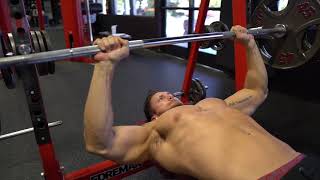
Be aware of the tendency that a lot of guys have to roll the shoulders forward at the top of the movement. This is the opposite of what you want. Keep the shoulders back and down with the chest flared out the whole time.
As you push the bar back up, breath out forcefully. The bar path as it goes up should follow the same arc as when it came down – up and back slightly.
Do not bounce the bar off your chest. At best this uses momentum to steal away from the chest building benefit of the exercise, while at worst it can cause serious injury to your chest, sternum, and ribcage. Bouncing the bar will also stop you from keeping your body tight, which is fundamental to success in the movement.
Rather than bouncing, you should explode the bar off your chest. Imagine that the bar is a spring that is being coiled down as you lower it to your chest and then recoils to spring back up to the start position.
5. Make Use of Auxiliary Exercises
In order to make good progress on your barbell bench press strength level, you should make use of additional exercises that will develop your compensatory strength. Here are 3 of the best that you should be incorporating.
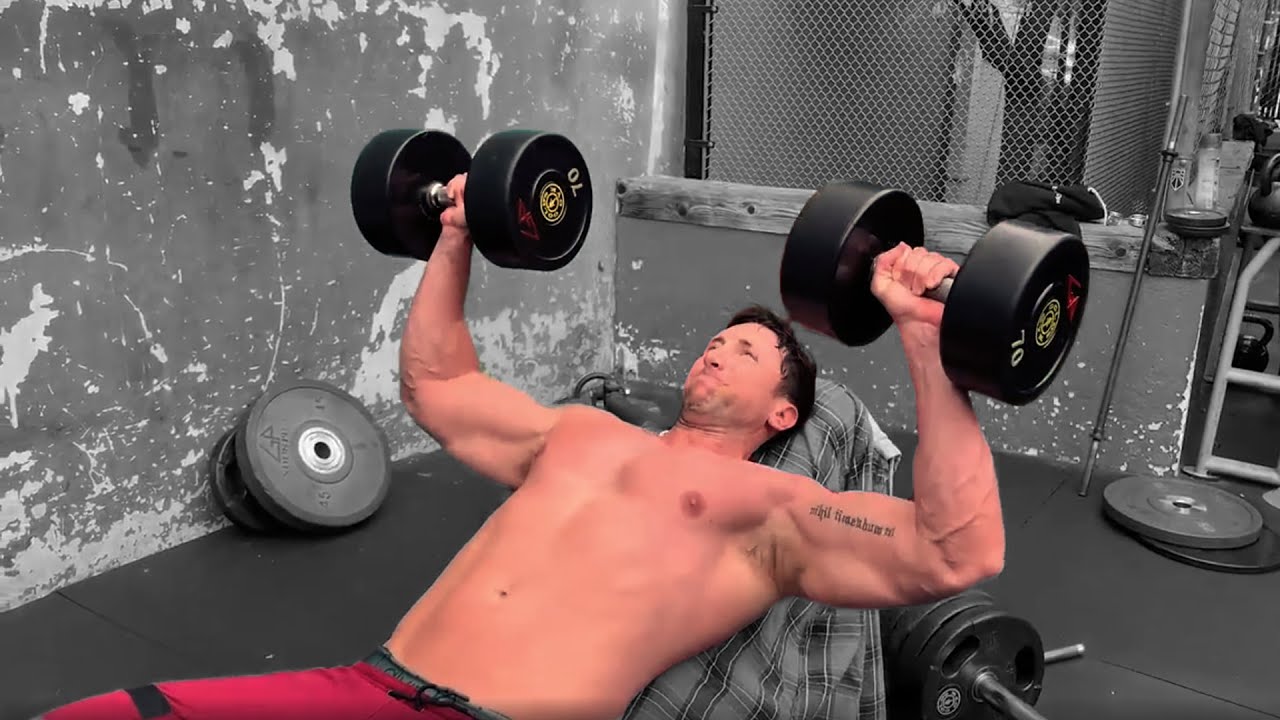
Dumbbell Seated Shoulder Press
Set the seat at a slight angle of around 80 degrees, as this will most closely mimic your benching action. Concentrating on building strength in the front delts will allow you to explode out of the bottom portion of the bench press.
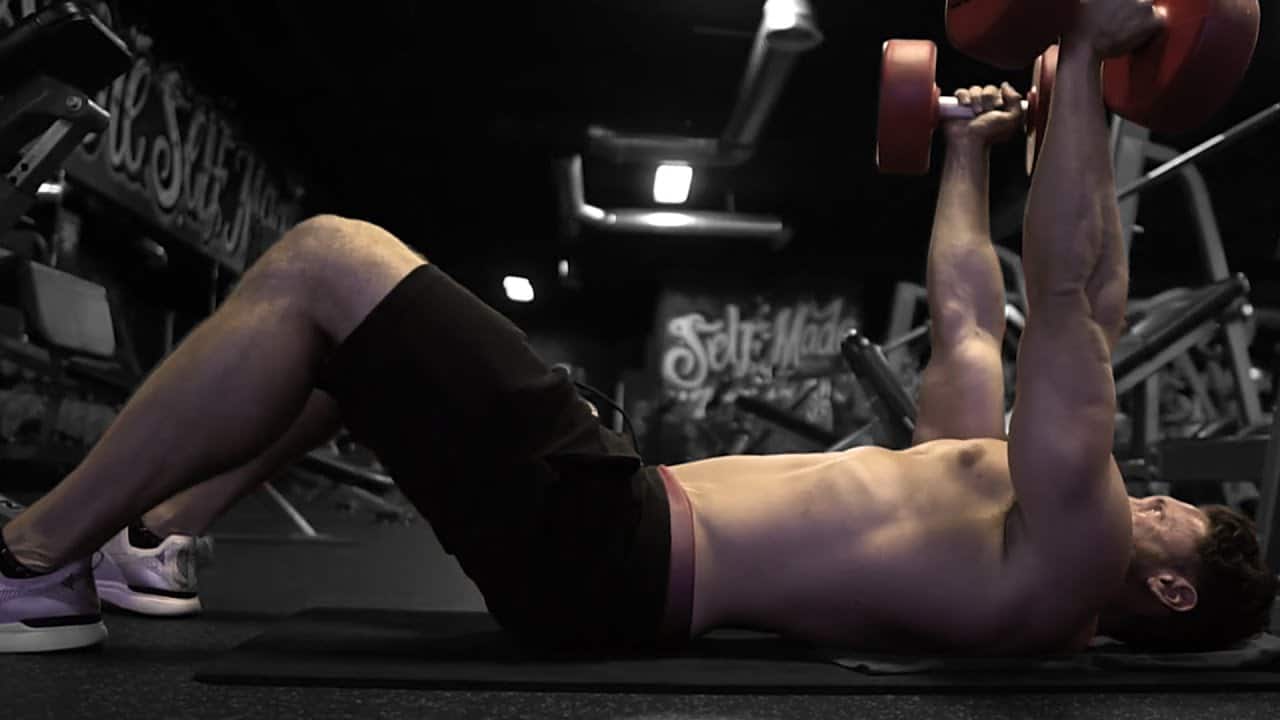
Floor Press
The floor press involves doing the bench press lying on the floor within a power rack. This allows you to concentrate on the lock out position at the top where the triceps come into play.
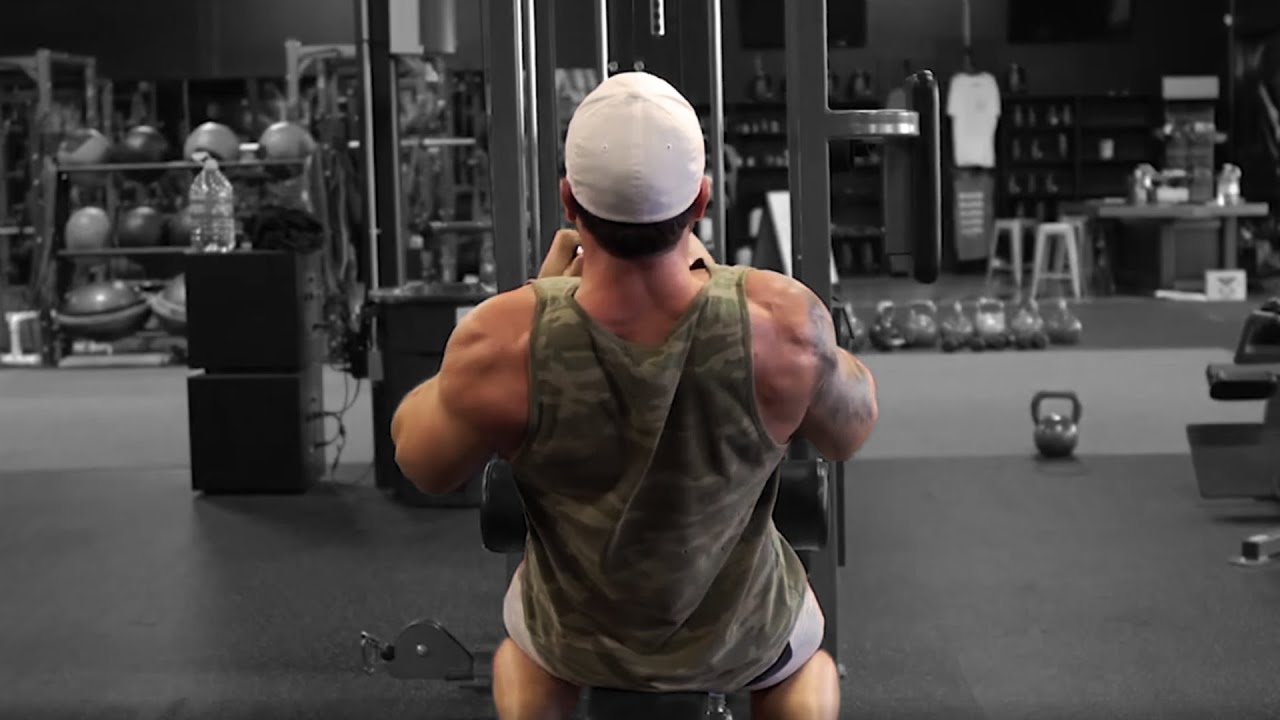
Lean Back Pulldowns
As covered above, the back plays a big part in the execution of the bench press. The lean back pulldown, with your torso at about a 45-degree angle is, in effect, a reverse barbell bench press where you lower the bar rather than pushing it. Do not allow your body to move as you do the exercise, but engage your lats to keep it locked in position.
2 Explosive Bench Press Workouts
Now that you've got your bench press technique optimized, let's unpack 2 awesome workouts to allow you to get the best out of this iconic movement. The first program is a pure strength developer while the second is geared towards packing as much mass onto your pecs as humanly possible. For complete development, you need to combine both types of bench press programs. I suggest cycling these two programs over the course of 6 months, with a one-week break from the bench between each program.
5 x 5 Stronglifts
5 x 5 Stronglifts is a program that was developed in the 1960s by bodybuilding legend and 'Hercules' movie star Reg Park. It was popularized in the 70s by a guy named Bill Starr. Over the past fifty years, it waxed and waned in popularity. Yet, powerlifters and bodybuilders in the know have consistently relied on it as a foundational mass building exercise.
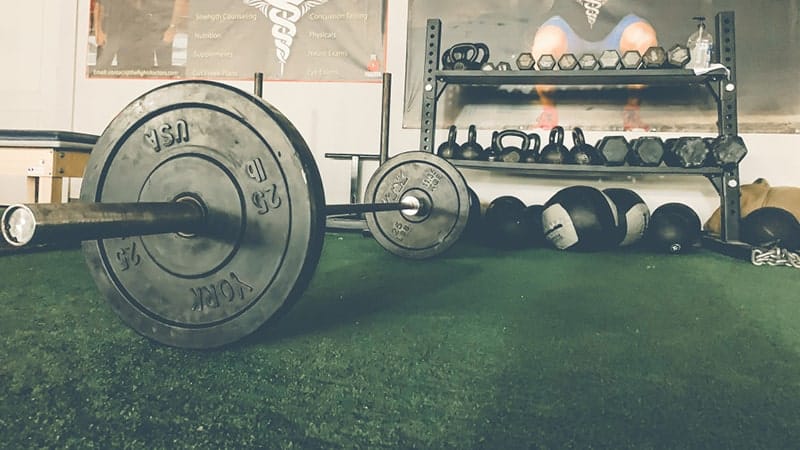
The 5 x 5 program is as simple as it sounds - you do 5 sets of 5 reps of 5 key mass building compound exercises. These are:
The program is divided into two different workouts (A and B). You train three days per week with a day's gap between each workout. I suggest doing your workouts on Monday, Wednesday, and Friday. Workouts A and B are alternated each time you hit the gym.
Here's what the two workouts look like:
Workout A
Workout B
The 5 x 5 Stronglifts program is all about getting progressively stronger on every lift. To accomplish this you will be adding 5 pounds to every exercise every workout. However, on the deadlift, where you are doing just one set of 5 reps, you will add 10 pounds to the bar every session. You do not pyramid your weights during your 5 sets, sticking with the same weight for all 5 sets.
This is an aggressive strength program that pushes you to keep adding poundage. Your goal is to pack on that extra 5 pounds every session. However, you should only do so when you are able to perform all 5 sets of 5 with good form. If you are unable to do so for 3 workouts in a row, then you should strip the weight back by 10% on the following session.
On 5 x 5 Stronglifts, you take longer than usual rest periods between sets. Your goal is to recover fully for that next set. That can take as long as five minutes but the average rest between sets on this program is around three minutes.
5 x 5 Stronglifts is an awesome program to build strength on the compound mass building exercises. You should follow this program for 12 weeks.
Bodybuilding Bench Press Program
Bodybuilding training is all about maximally stimulating the target muscle group in order to induce optimal hypertrophy. When it comes to the bench press, the target muscle is the pectoralis major. However, for many people, the front deltoid has a tendency to take over when they do this exercise. That is why it is very common to see guys who rely mainly on the bench press in their chest workout to have overdeveloped front delts and underdeveloped pecs.
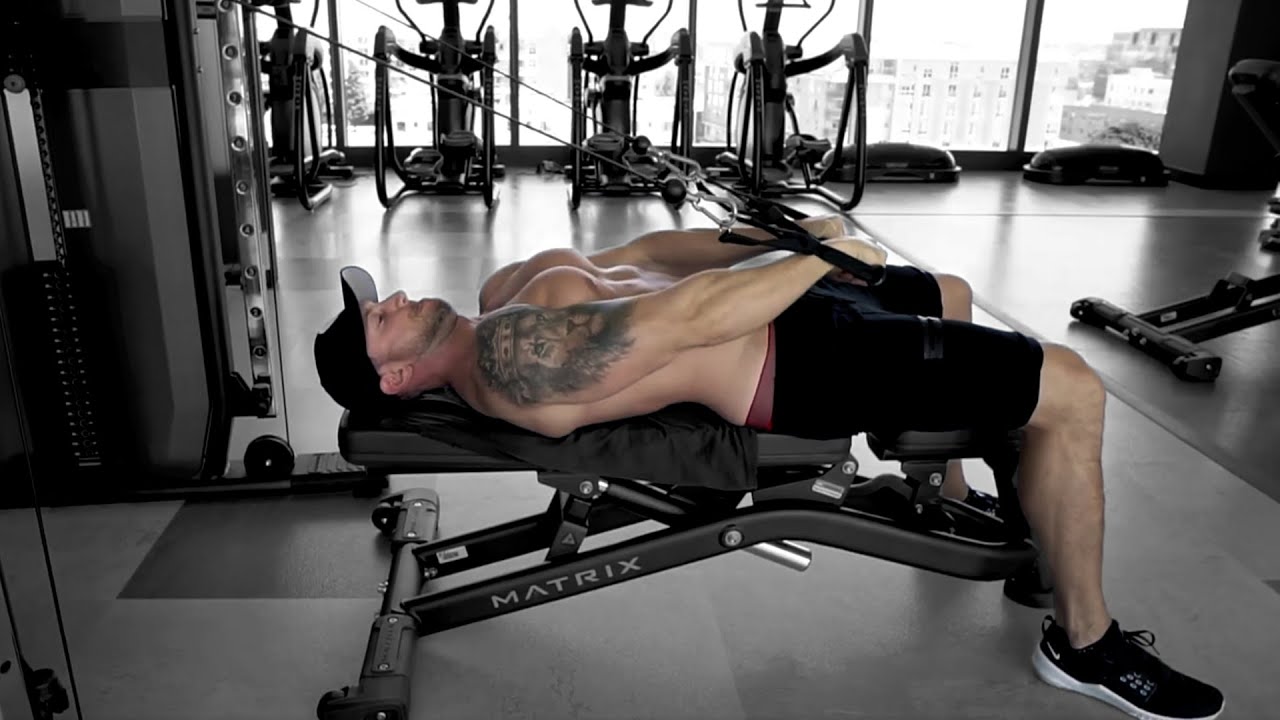
The bodybuilding bench press program to follow strategically overcomes the problem of dominant front delt activation with the use of an awesome old-school bodybuilding technique called pre-exhaustion. Pre-exhaustion involves doing an isolation exercise for the target muscle to pre-exhaust it and then immediately jumping to the compound movement. This makes your target muscle the 'weak link' in the movement. As a result, it will do the majority of the work.
The pre-exhaust exercise that we will use is the flat bench dumbbell fly. Because this exercise is going to make your chest temporarily weaker, you will need to reduce the weight on the bench by about 30 percent. Don't let that worry you, however. Remember, your pecs don't know how much weight is on the bar; all they know is how hard they have to work. By pre-exhausting your chest, it will be working a lot harder.
Set up your bench press by loading the weight and securing the collars. Then grab a pair of dumbbells and place them at the foot of the bench. Sit on the bench press bench and take hold of the dumbbells. Lie back on the bench with the dumbbells held above your mid-chest. Bend your elbows slightly, keeping them locked in that position. Now pivot from the shoulder joint to bring the dumbbells out and down to expand the chest. Only go down until your upper arms are parallel to the floor. Return to the start position, squeezing the pecs tightly as the dumbbells come together.

Perform 12 smooth, fluid reps of the flat dumbbell fly. Then drop the dumbbells and grab hold of the bench press bar. Perform 10 reps of the bench press. Your focus should be on a controlled descent and on an explosive ascent. Benefit from the eccentric part of the bench press by taking 3 seconds to lower the bar.
When you do your first rep on the barbell bench press after your set of flyes, your chest will already be on fire.
From that point on you will feel every muscle fiber working to maximum capacity. Don't be surprised if you can't get to your 10 rep bench press goal. Simply reduce the weight on the bar on your next set. Remember, this workout is all about maximum pectoral stimulation and hypertrophy!
You should perform 5 total sets of your pre-exhaustion bench press. Follow it with 3 sets of the cable decline bench press. This is an excellent overall chest move that will place early phase loading on your pecs and move them through an ideal anatomical range of movement.
Use a double pulley machine, setting the pulleys at maximum height. Stand about two feet out from the machine, facing away from it with the cables held at by your armpits. Make sure that your upper and lower arms are at right angles to each other. Your palms should be facing the floor. Now press down and forward to bring the cables together level with your belly button. Perform 4 sets of 12 reps on the cable decline bench press.
Finish your chest workout by pumping out one set of hover push-ups. This involves doing partial push-ups that keep the tension on your pecs throughout the movement. Keep going until you can't do any more!
Wrap Up
The barbell bench press is a foundational mass and strength builder that deserves pride of place in your workout, whether your goal is strength or muscle development. In this article, we've laid out the key technique points to allow you to execute the bench press with confidence and to use the synergistic power of your entire body to push increasingly heavier weight. As a result, your chest will get bigger, along with your bench press one rep max.

